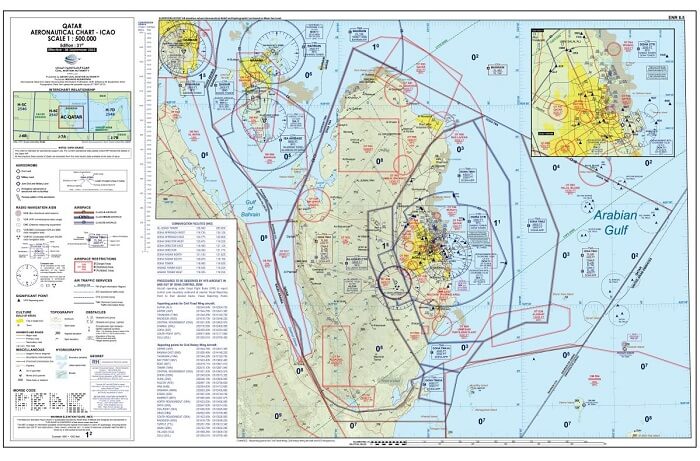Qatar reached a new milestone in setting up its own flight information region by signing an agreement with the countries bordering the new airspace.
On August 31, 2022, the Qatar Civil Aviation Authority (QCAA) and its counterparts from Saudi Arabia, Bahrain, and the United Arab Emirates agreed on the final borders of the Doha Flight Information Region (FIR) that should become effective from September 8, 2022. A similar agreement was reached with Iran in April 2022.
The International Civil Aviation Organization (ICAO) allowed Qatar to establish its own FIR during a session held in March 2022.
“Since that decision was made, Qatar has over the past period been in communication with stakeholders in all countries and held several meetings with neighboring countries for coordination purposes to enhance cooperation,” the QCAA said in a statement.
The airspace was previously under the jurisdiction of Bahrain, which will still control everything above FL245. On March 23, 2023, the Doha FIR will receive all the airspace above the lands and waters of Qatar. Eventually, from 2025, Qatar will also be the responsible authority for the international waters bordering the country.

The new aeronautical chart of Qatar (Credit: Qatar Civil Aviation Authority)
The decision follows the normalization of diplomatic relationships between Qatar and its neighbors. Back in June 2017, Qatar was accused of supporting terrorism by Saudi Arabia, United Arab Emirates, Bahrain, and Egypt.
At the time, the four nations imposed sanctions on Qatari aviation by locking out their airspaces. The blockade significantly changed the flight operations of Qatar Airways as the flying time, and mileage increased due to necessary detours. Saudi Arabia and Qatar agreed to lift the border blockade in January 2021.
Qatar will host the FIFA World Cup 2022 between November 21 and December 18, 2022. The emirate sought support from France and the United Kingdom to secure its airspace, with the deployment of an E-3F Airborne Warning and Control System or AWACS aircraft and several Eurofighter Typhoons.

